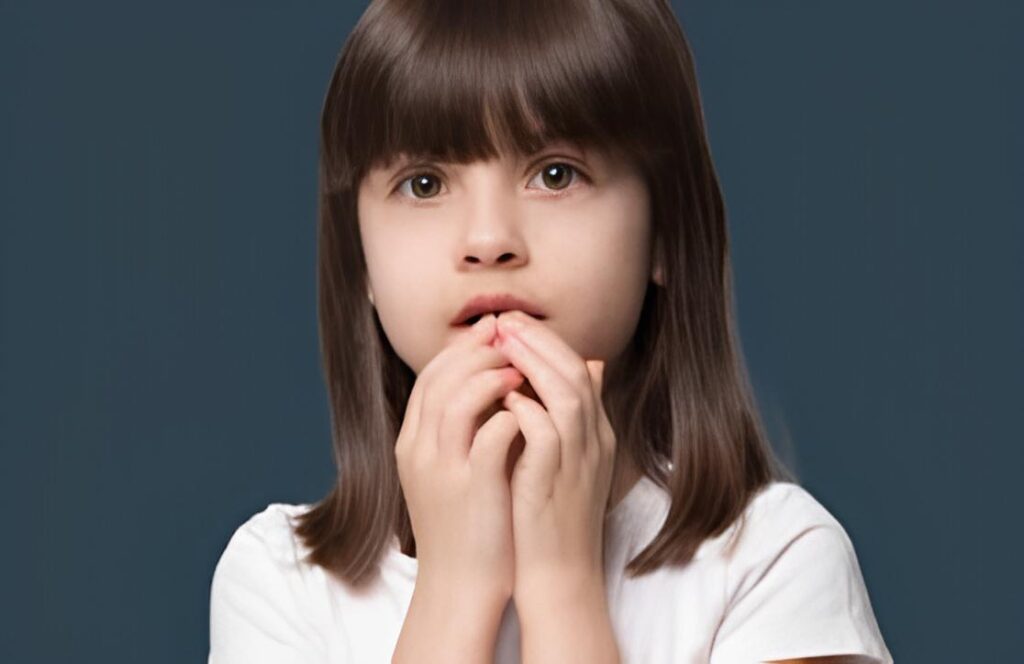Definition of Phobias
Phobias are classified by the World Health Organization (WHO) as a type of phobic anxiety disorder. These disorders involve a persistent, excessive, and unreasonable fear or anxiety triggered by the presence or anticipation of a specific object or situation. The intensity of this fear often leads individuals to avoid the trigger altogether, causing significant distress or impairment in various areas of life such as personal relationships, education, and work.
Types of Phobias
WHO identifies three main types of phobic disorders:
1. Specific Phobia : This involves an intense fear or anxiety triggered by a particular object or situation, such as animals, heights, flying, or blood. The fear is disproportionate to the actual threat and results in avoidance behavior.
2. Social Anxiety Disorder (Social Phobia) : This is marked by a deep fear of social situations where one might be scrutinized, judged, or embarrassed by others. It often affects activities like public speaking, meeting new people, or eating in public.
3. Agoraphobia : This is the fear of being in situations where escape might be difficult or help unavailable, including open spaces, crowded places, or traveling alone. It often occurs alongside panic disorder.
How Common Are Phobias
While many people experience fear, phobias are less common and more severe. The prevalence of specific phobias varies by age and location, often developing before age 10.
In the United States, about 8% to 12% of people are diagnosed with specific phobias, while worldwide rates range from 2% to 6%.
Globally, 3% to 9%of children meet the criteria for specific phobias, with U.S. teenagers aged 13 to 17 showing rates around 16%.
Among older adults, phobia rates tend to decline to 3% to 5%.
Women are twice as likely as men to experience specific phobias.
Signs and Symptoms

Phobias produce an intense fear that is disproportionate to the actual danger and can manifest in psychological, physical, and behavioral symptoms:
Psychological : Overwhelming dread, anticipatory anxiety, feelings of helplessness, and a strong urge to avoid the feared object or situation.
Physical : Rapid heartbeat, shortness of breath, sweating, trembling, dizziness, nausea, dry mouth, and chest tightness.
Behavioral : Avoidance of triggering places or situations, needing reassurance, disruption of daily life, and impaired functioning.
In severe cases, even thinking about the feared object or situation can provoke panic attacks.
Causes of Phobias
Phobias arise from a complex interplay of factors:
Genetic and Biological : Family history of anxiety disorders and brain mechanisms related to fear response.
Environmental : Traumatic events or learned behaviors from fearful caregivers.
Developmental and Psychological : Early childhood experiences and personality traits like high sensitivity.
Cognitive : Tendency to overestimate danger and focus on threats.
Complications
Phobias can lead to long-term mental and physical health complications. People with specific phobias or agoraphobia are at greater risk of:
Mental health issues such as anxiety disorders, bipolar disorder, depression, personality disorders, substance abuse, and somatic symptom disorders.
Physical health problems like heart disease, chronic obstructive pulmonary disease (COPD), Parkinson’s disease, balance problems that increase fall risk, and degenerative brain disorders including dementia.
Diagnosis
Diagnosing phobias involves a thorough psychological evaluation by a mental health professional. It includes:
Clinical interviews to understand fear triggers, history, and impact on life.
Confirmation that symptoms meet criteria such as excessive fear lasting six months or more and significant distress or impairment.
Exclusion of other conditions like generalized anxiety disorder, OCD, PTSD, or panic disorder.
Use of standardized questionnaires to assess severity.
Treatment and Therapy

Effective treatment options include:
Cognitive-Behavioral Therapy : The primary treatment, focusing on changing negative thoughts and gradually exposing patients to fears to reduce anxiety.
Other Therapies : Mindfulness, relaxation techniques, and supportive counseling to improve coping.
Conclusion
Phobias are significant anxiety disorders that WHO recognizes for their potential to severely disrupt daily life. They commonly begin early in life and, if untreated, can lead to serious mental and physical health problems. Early diagnosis, appropriate treatment, and increased awareness are essential to lessen their impact and improve the quality of life for those affected.
1. What are the three main types of phobias according to WHO?
The WHO classifies phobias into three types: specific phobia, social anxiety disorder, and agoraphobia.
2. How common are specific phobias, and who is most affected?
Specific phobias affect 8%–12% of people in the U.S. and 2%–6% globally. They are more common in women and usually begin before age 10.
3. What is the primary treatment for phobias?
Cognitive-Behavioral Therapy is the first-line treatment, often combined with medications like SSRIs in severe cases.

